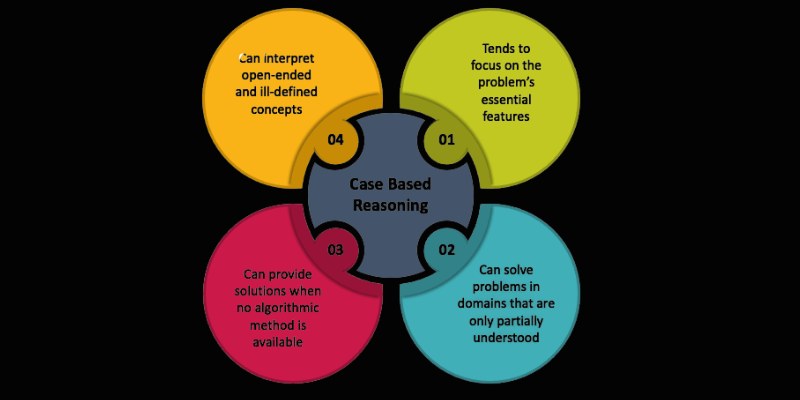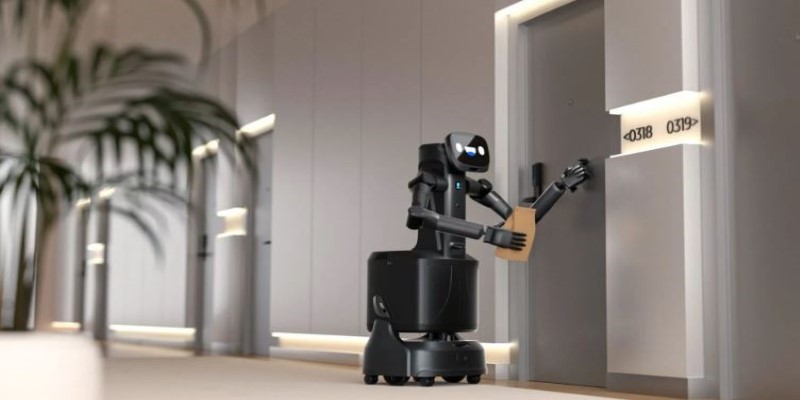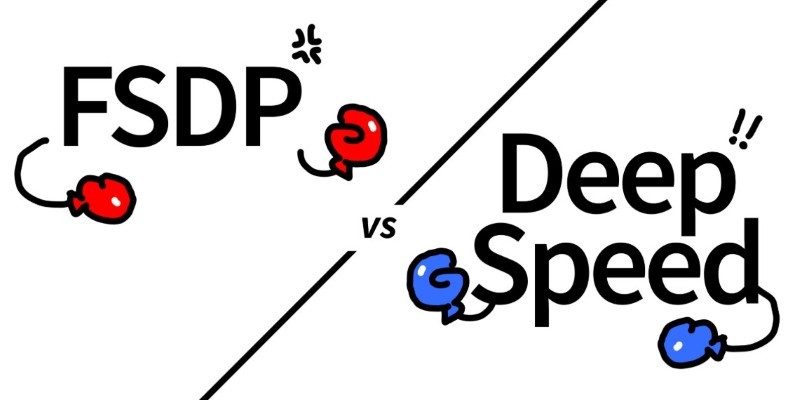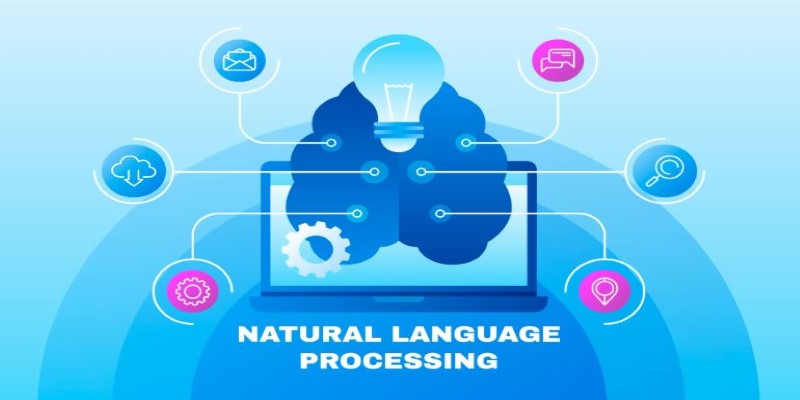Advertisement
Case-Based Reasoning (CBR) is a widely used method in artificial intelligence that solves new problems by referring to past cases. Instead of starting from scratch, it reuses previously successful solutions. This approach mimics human thought and problem-solving processes. CBR is widely used in engineering, customer service, and medical diagnostics. By learning from experience, machines can make better decisions. Its practical nature makes it valuable across various industries.
For beginners in AI, understanding the basics of case-based reasoning is essential. Learning CBR will enhance your decision-making tools in AI. This article offers an in-depth look at CBR. You’ll explore its framework, applications, advantages, and limitations. Practical case studies help illustrate how CBR delivers real-world value. Read on to discover the world of case-based reasoning.

Case-based reasoning is a method of solving problems by learning from past experiences. It seeks new solutions by referencing similar past problems. Instead of following fixed rules, it recalls relevant past cases. CBR uses a database of past cases to address new problems. If a similar case is found, its solution is adapted to fit the new situation. CBR typically follows four steps: retrieve, reuse, revise, and retain. These steps enable systems to learn and improve continuously.
Human decision-making often follows similar patterns. For instance, doctors manage newly acquired patients based on similar past experiences. The same holds true in engineering, customer service, and legislation. With time, CBR systems get smarter. Their improvement comes from drawing lessons from fresh events. CBR changes with use, unlike conventional rule-based systems. It is akin to human reasoning, lively and versatile. That helps in practical settings because no two issues are precisely the same.

A CBR system consists of several fundamental components, each playing a crucial role in the reasoning process. First, the case base stores previous problems and their corresponding solutions. These cases are indexed for easy retrieval. The second component is the retrieval mechanism, which searches for cases relevant to the new problem. It finds cases that closely match the current problem. Third, the adaptation engine modifies the retrieved solution to fit the new context. It changes previous answers to fit the demands of the present challenge.
Fourth, the revision module evaluates and refines the adapted solution. It verifies and changes the modified answer to guarantee it performs as intended. Finally, the retention module stores successful new cases for future use. If the answer is favorable, the system records the new case. These five elements create a learning loop using their interactions. Over time, the loop enables the system to improve. Every case contributes to making future problem-solving more efficient. Mastery of CBR in artificial intelligence applications depends on an awareness of these elements.
CBR is often compared with rule-based and model-based approaches in artificial intelligence. Each method has its unique strengths and limitations. Rule-based systems rely on predefined logic and expert-created rules. They require a large number of rules created by human experts. These systems work well for predictable and structured problems. However, they struggle with unfamiliar situations or exceptions. Model-based systems apply intricate mathematical models. They call for big data sets and thorough domain knowledge.
In contrast, CBR evolves by learning from previous experiences. It does not call for thorough guidelines or models, which facilitates implementation in many spheres. CBR is fast in changing and better fits dynamic surroundings. People make daily judgments using case-based thinking by nature. CBR, thus, usually closely corresponds with human reason. Its simplicity and adaptability define it in many useful applications. CBR is also easier to maintain over time. New knowledge can be introduced without rebuilding the entire system.
CBR is utilized in various sectors. In healthcare, it helps identify diseases by matching symptoms with historical patient information. Doctors can get ideas based on comparable instances. In customer service, CBR gives remedies to reoccurring difficulties. It helps agents answer faster and more correctly. Engineering employs CBR to tackle design and maintenance concerns. Reviewing past designs helps engineers to correct or enhance systems effectively. In law, attorneys cite past rulings to present ones.
CBR enhances results and helps their case of argument. Intelligent tutoring systems guide students in education through the use of CBR. These systems change depending on the learning part of a kid. Retail businesses use the CBR product suggestion tool. They study past choices and purchases. CBR helps with planning and simulation, even in the military. It provides tactics grounded on previous missions. These practical uses demonstrate the broad reach of case-based thinking. Addressing actual problems is both adaptable and forceful.
Among other advantages, CBR provides over conventional artificial intelligence techniques. It fits quite nicely in novel and uncertain contexts. Reusing past solutions helps to cut the time needed to address fresh challenges. One can easily upgrade CBR systems. You add more cases without altering the system logic. That releases work and reduces maintenance expenses. The logic is also rather clear. Users can track answers to particular historical situations. That clarifies things and helps one to trust the choices. CBR encourages ongoing education.
Every new instance raises future performance standards. It is reasonably priced as well. You don’t need deep programming knowledge or large datasets to get started. CBR is scalable and can grow with your demands. It also aligns closely with human thought. That makes it easier to create intuitive AI systems. Its versatility and minimal complexity make it excellent for various fields. CBR combines efficiency, flexibility, and learning in one strong package.
CBR has limits even if it offers advantages. Creating a useful case base calls for time and effort. Cases of low quality or relevance compromise system performance. Selecting appropriate case comparison features is another difficult task. A poor match may produce erroneous answers. Completely new issues could challenge CBR systems. If no such scenario exists, they cannot propose a solution. Old solutions might not always be applicable. Either powerful algorithms or human involvement is needed. With a big case basis, storage and retrieval may slow down.
Speed depends much on effective indexing and filtering. Another problem is overfitting to particular scenarios. Systems could learn just limited solutions. Furthermore, some sectors, such as healthcare, are affected by privacy and data sensitivity. Managing private case information calls for tight guidelines. Finally, CBR could not be effective for extremely theoretical or abstract issues. It fits more practically in fields influenced by experience. The successful application depends on these issues being resolved.
Case-based reasoning (CBR) is a simple yet powerful technique in artificial intelligence that solves new problems by leveraging past experiences. It draws on previously encountered cases to tackle current challenges, mimicking how humans think and adapt. For learners entering the field of AI, understanding the foundations of CBR provides valuable insight into experience-based decision-making. This approach enables more flexible, informed decisions across various real-world domains. CBR demonstrates actual worth in customer service as much as in healthcare. Understanding CBR in artificial intelligence opens a lot of opportunities. Use CBR to create systems that develop over time and become smarter.
Advertisement

How Amazon is using AI to fight fraud across its marketplace. Learn how AI-driven systems detect fake sellers, suspicious transactions, and refund scams to enhance Amazon fraud prevention

Artificial intelligence accurately predicted the Philadelphia Eagles’ Super Bowl victory while a quantum-enhanced large language model launched, showcasing AI’s growing impact in sports and technology

How the semi-humanoid AI service robot is reshaping commercial businesses by improving efficiency, enhancing customer experience, and supporting staff with seamless commercial automation

How Hugging Face Accelerate works with FSDP and DeepSpeed to streamline large-scale model training. Learn the differences, strengths, and real-world use cases of each backend

Can a robotic puppy really help ease dementia symptoms? Investors think so—$6.1M says it’s more than a gimmick. Here’s how this soft, silent companion is quietly transforming eldercare

How vision language models transform AI with better accuracy, faster processing, and stronger real-world understanding. Learn why these models matter today

Thinking about upgrading to ChatGPT Plus? Here's an in-depth look at what the subscription offers, how it compares to the free version, and whether it's worth paying for

Learn different ways of executing shell commands with Python using tools like os, subprocess, and pexpect. Get practical examples and understand where each method fits best

How Orca LLM challenges the traditional scale-based AI model approach by using explanation tuning to improve reasoning, accuracy, and transparency in responses

What happens when blockchain meets robotics? A surprising move from a blockchain firm is turning heads in the AI industry. Here's what it means

Microsoft’s in-house Maia 100 and Cobalt CPU mark a strategic shift in AI and cloud infrastructure. Learn how these custom chips power Azure services with better performance and control

How using Hugging Face + PyCharm together simplifies model training, dataset handling, and debugging in machine learning projects with transformers